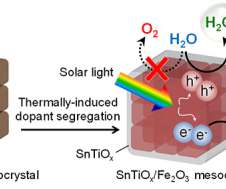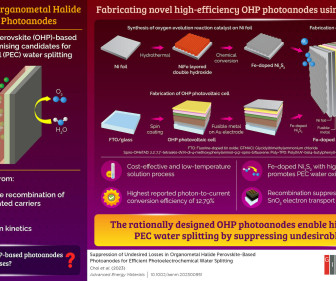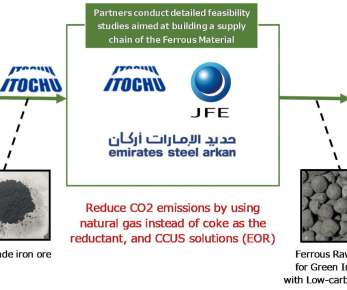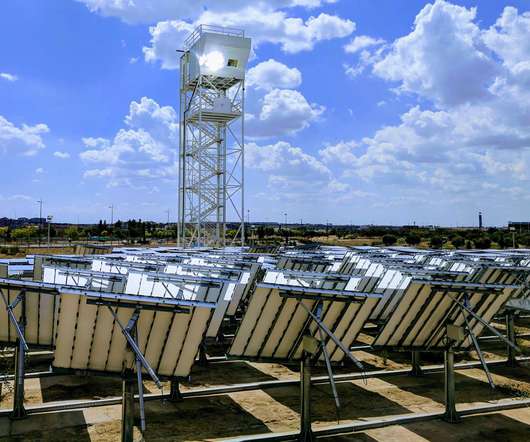Kobe team’s hematite mesocrystal photocatalyst simultaneously produces hydrogen and hydrogen peroxide
Green Car Congress
MAY 2, 2022
Using a hematite photocatalyst, a team led by researchers from Kobe University has succeeded in producing both hydrogen gas and hydrogen peroxide at the same time from sunlight and water. Hydrogen has gained attention as one of the possible next generation energy sources. under 600nm). Mesocrystal technology. Tachikawa et al.








































Let's personalize your content